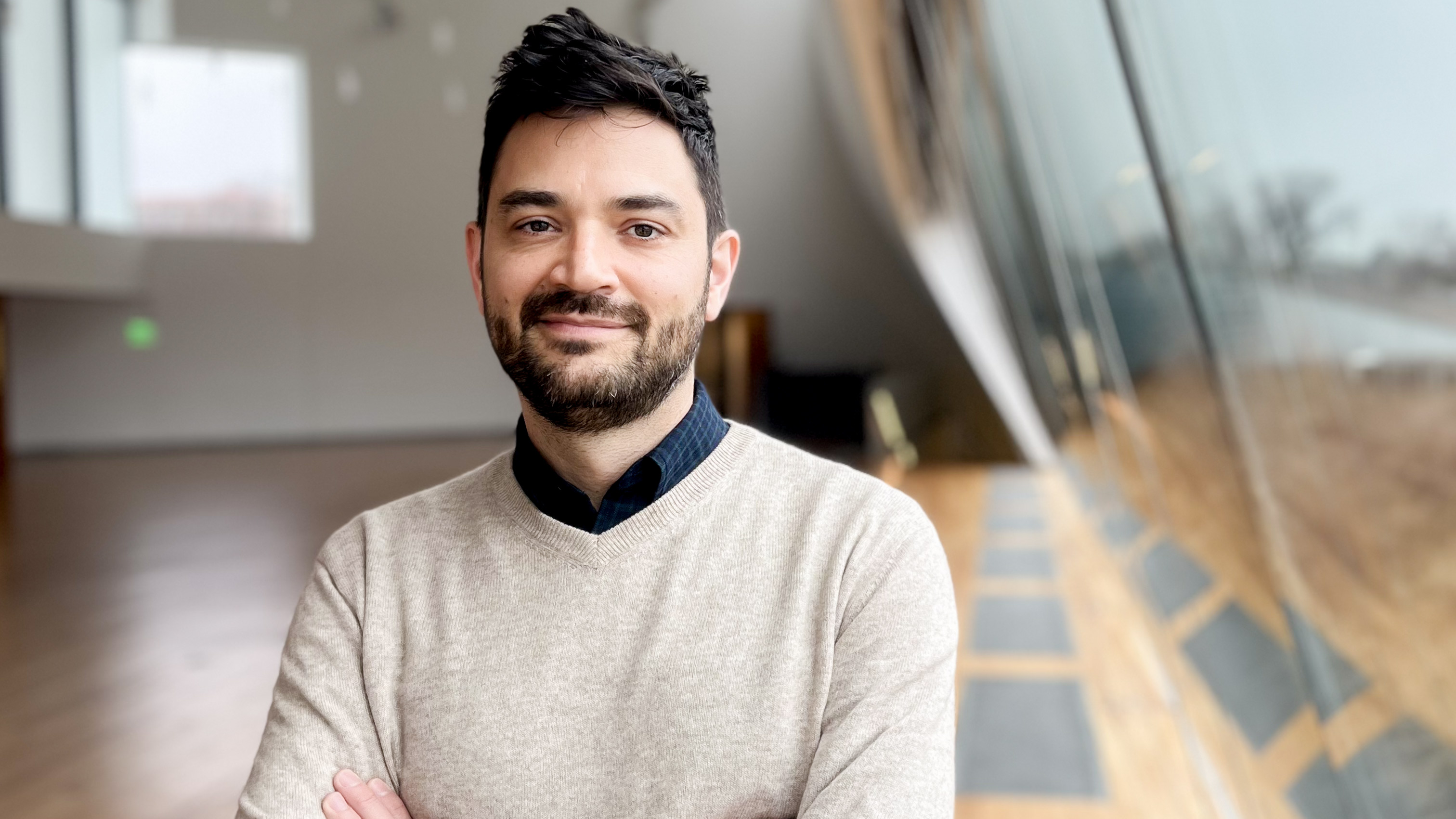
Based in Washington, Christian Cabrera is design director at G&A, an internationally recognised experience design leader in the brand and museum spaces. He believes that Western countries over-prioritise individual expression, and neglect the role of design to foster social cohesion – something which I asked him about when I sat down with him recently as part of our Day in the life series.
Christian has built experiences for high-profile projects including the Chicago Architecture Center, Capitol Visitor Center and the United States Olympic and Paralympic Museum. Here's more about his daily life...
Tell me about a typical day in your role
We are fully remote, so I try to start my day as analogue as possible. Taking a walk, thumbing through my notebook, and organising my tasks for the day. My daily work entails everything from site visits at the end of a project cycle to ideating and blue-sky thinking at the beginning of one. There are many disciplines you interact with: graphic designers, content developers, 3D designers, creative technologists, so it’s my job to ensure they’re all flowing.
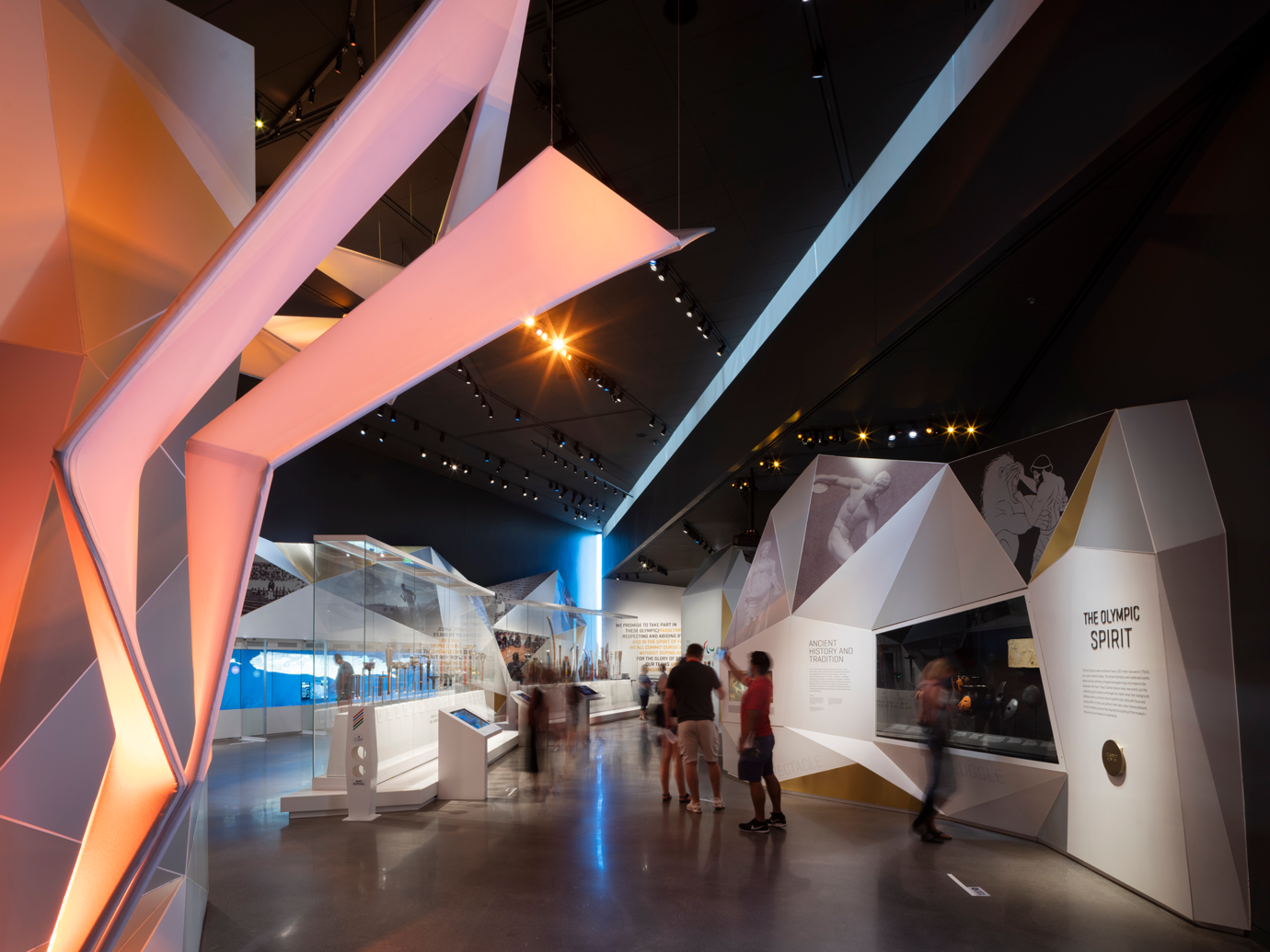
What was your early career like?
Early days, like many people I imagine, was finding the right environment. I didn’t know that at the time, so I was filled with angst and imposter syndrome. I started in digital media and did some print before I found my happy space in exhibition design. Working on a team for something that you could see, touch, and experience set off a light in my brain that put me in the right frame of mind to do my best work.
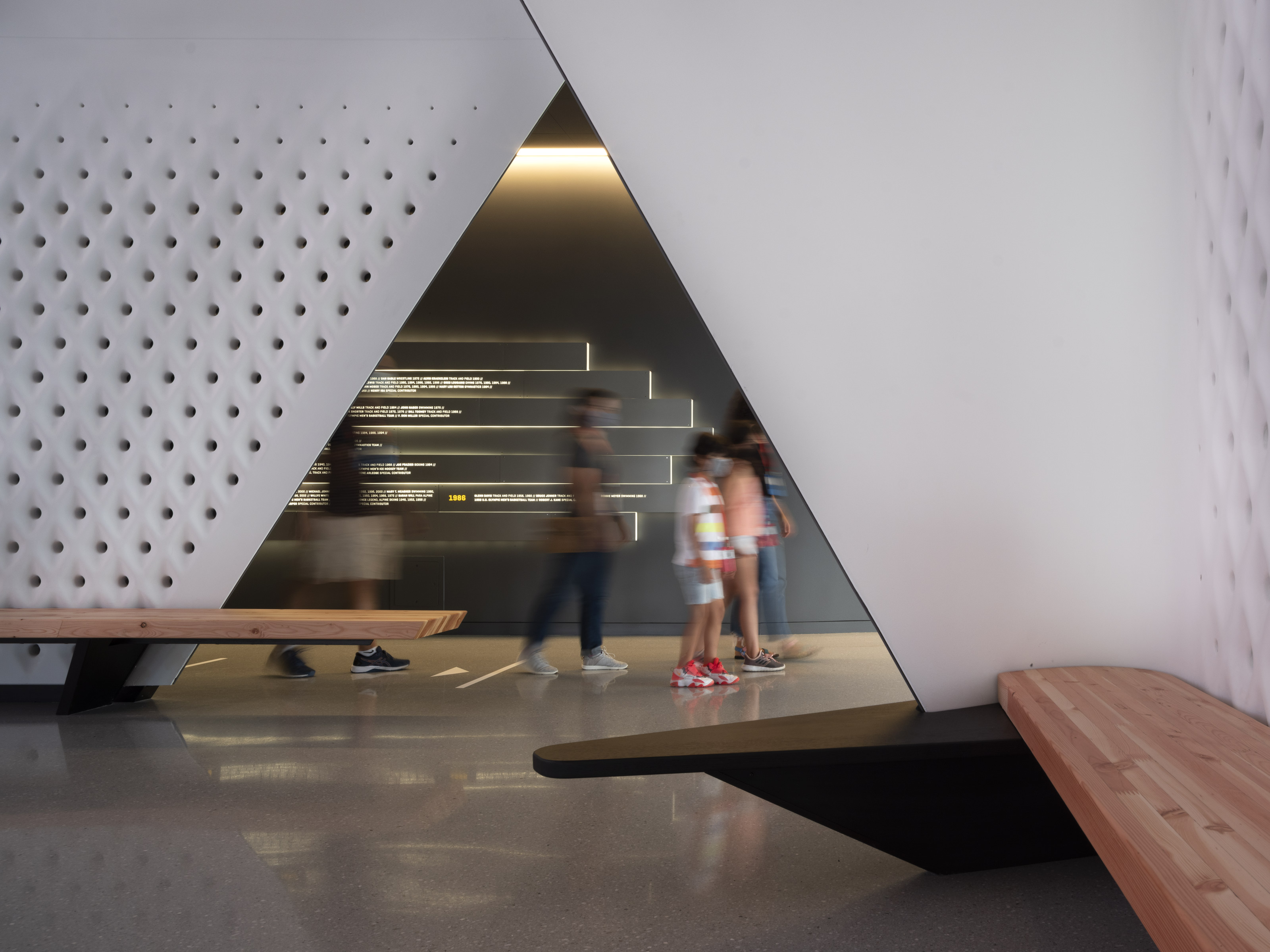
Which project are you the most proud of and why?
I’m proud of specific elements of projects. For example, for the Olympic and Paralympic Museum in Colorado Springs, we were tasked with creating a space that championed accessibility. But through the course of our efforts, that thing that you checked a box for became a driving force for the design. There was a universality to the athlete journey that we wanted to imbue in the space. At the end of your experience, your takeaway is of simply being in awe.

How do you approach a brief when you get it?
In the museum industry, we’re fortunate to have rich and emotional stories from the jump. Our clients oftentimes have made one subject their life’s work. So my first task is to approach it like a student and take it all in. How do we enable visitors to our exhibitions to understand the subject on a visceral level so that it piques their curiosity and allows them to dive in deeper?
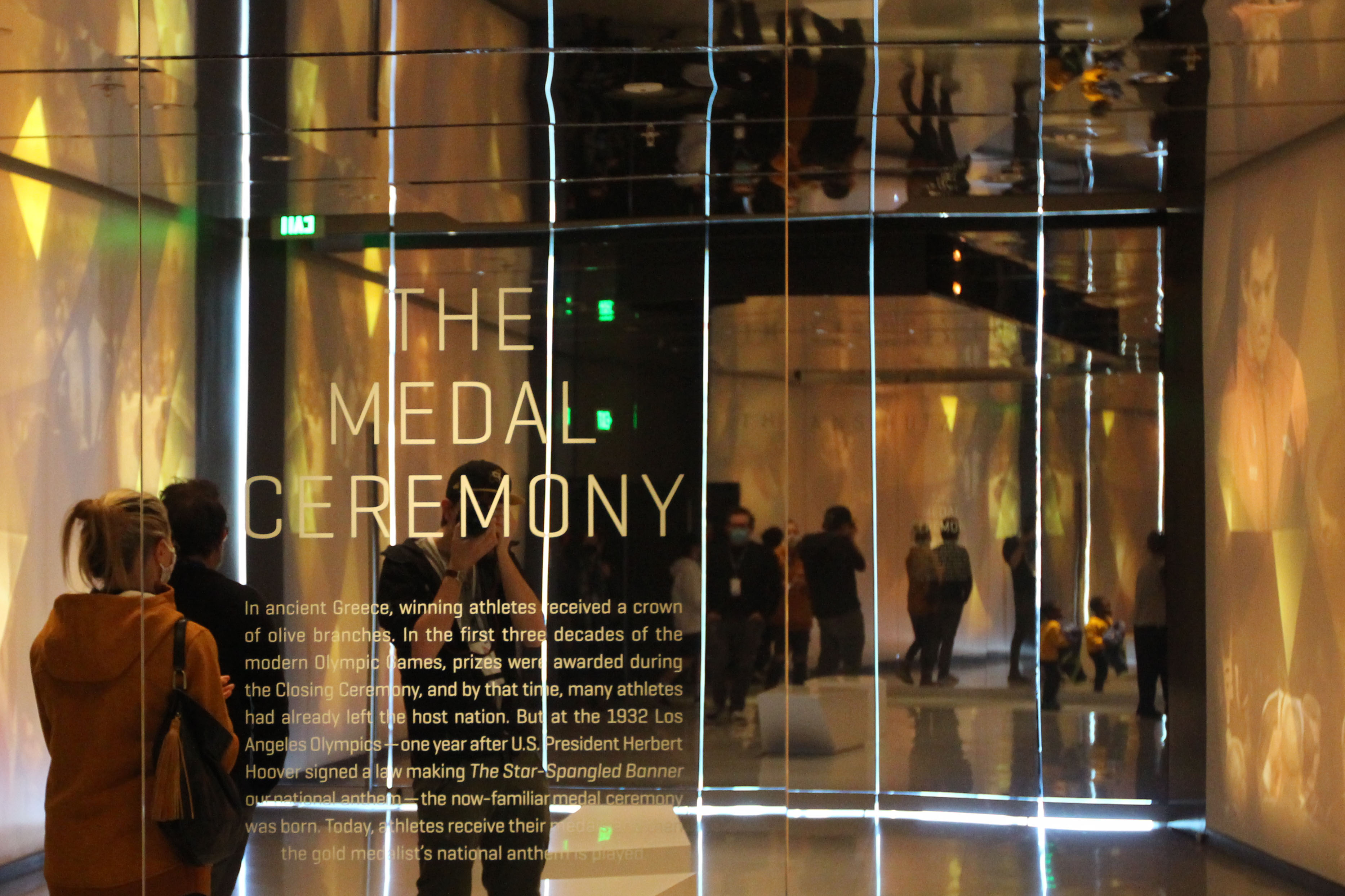
How can design foster social cohesion?
Design needs to be treated as a common good, and not just be seen as something ‘exclusive’ or ‘in the know’. Our collective experiences shape our understanding of each other, so if we create more spaces where people from all walks of life can do that – together – then design can be an enormous force for that connection.
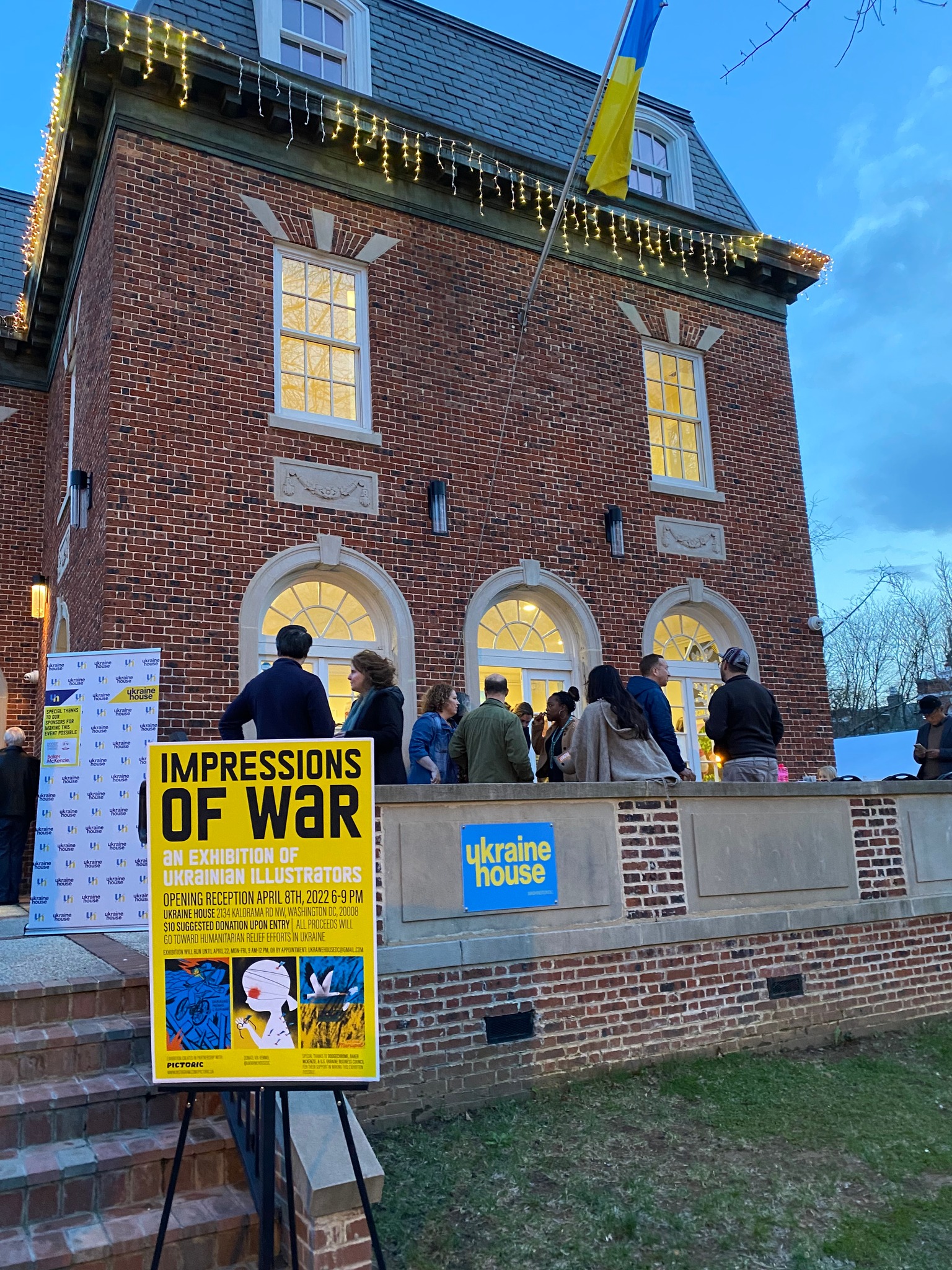
Tell me about your poster art fundraiser in support of Ukraine
My wife is Ukrainian, and the day the war started, our world just dropped from beneath us. Her stepdad joined the territorial defense on day one and we were rushing to get him and others money and supplies overseas. There is an art collective we came in contact with during one of our stays in Kyiv, pictoric.ua, that organises exhibitions on Ukrainian artists. With their partnership, we designed and organised a fundraiser called 'Impressions of War' at Ukraine House in DC, producing and showcasing over 50 works from Ukrainian artists that went to auction. The outpouring of support and collective action from the industry and community was a light in that dark time.
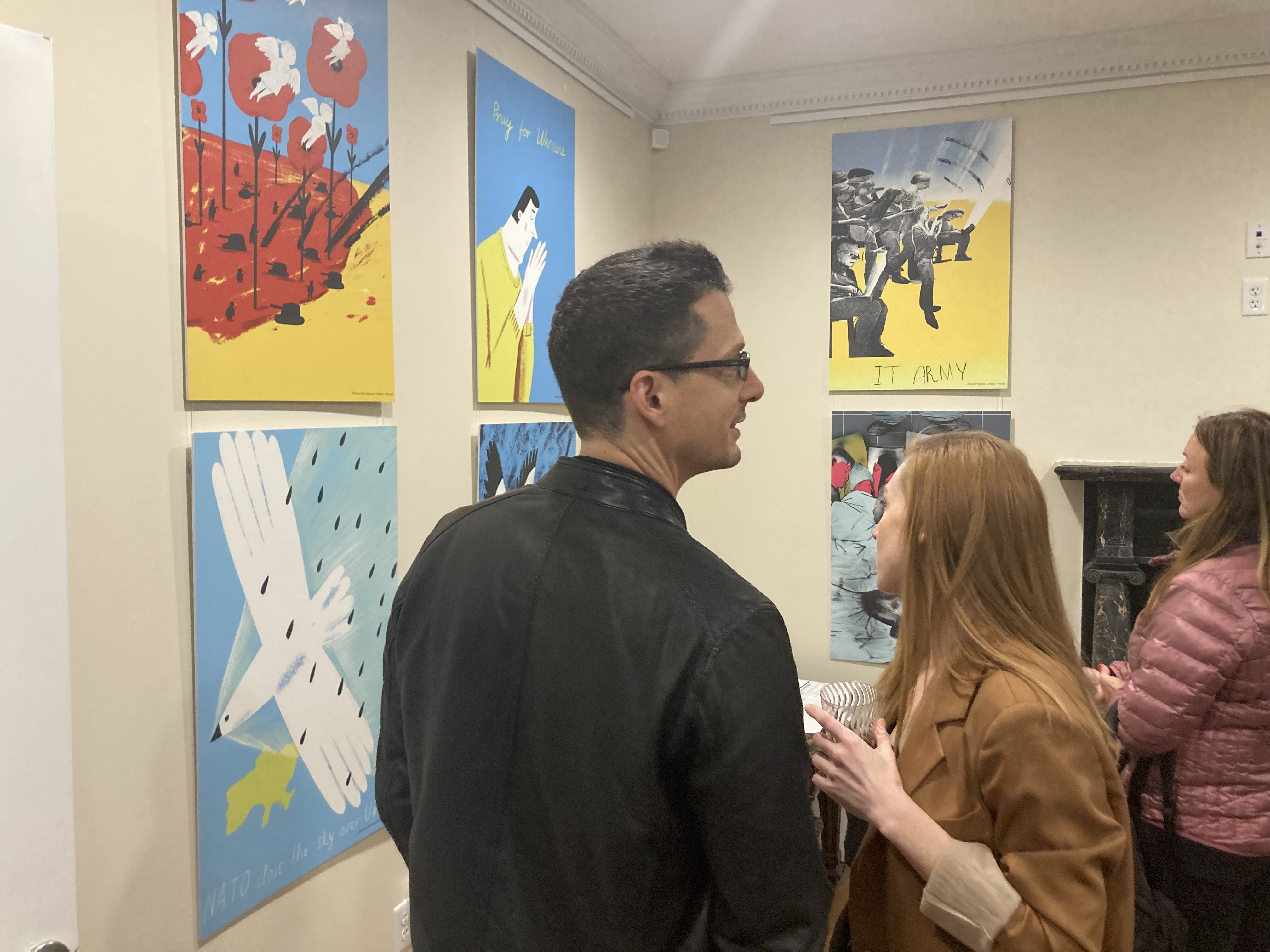
When designing a large space such as a museum, where do you start?
In many ways, approaching a large space can seem daunting at first, but it allows you to focus on the bigger picture. There is a yin and yang between a space’s characteristics and the stories that it will hold. The job at the beginning is to ensure that you’re starting to shape those larger spaces so they’re in concert with the stories.
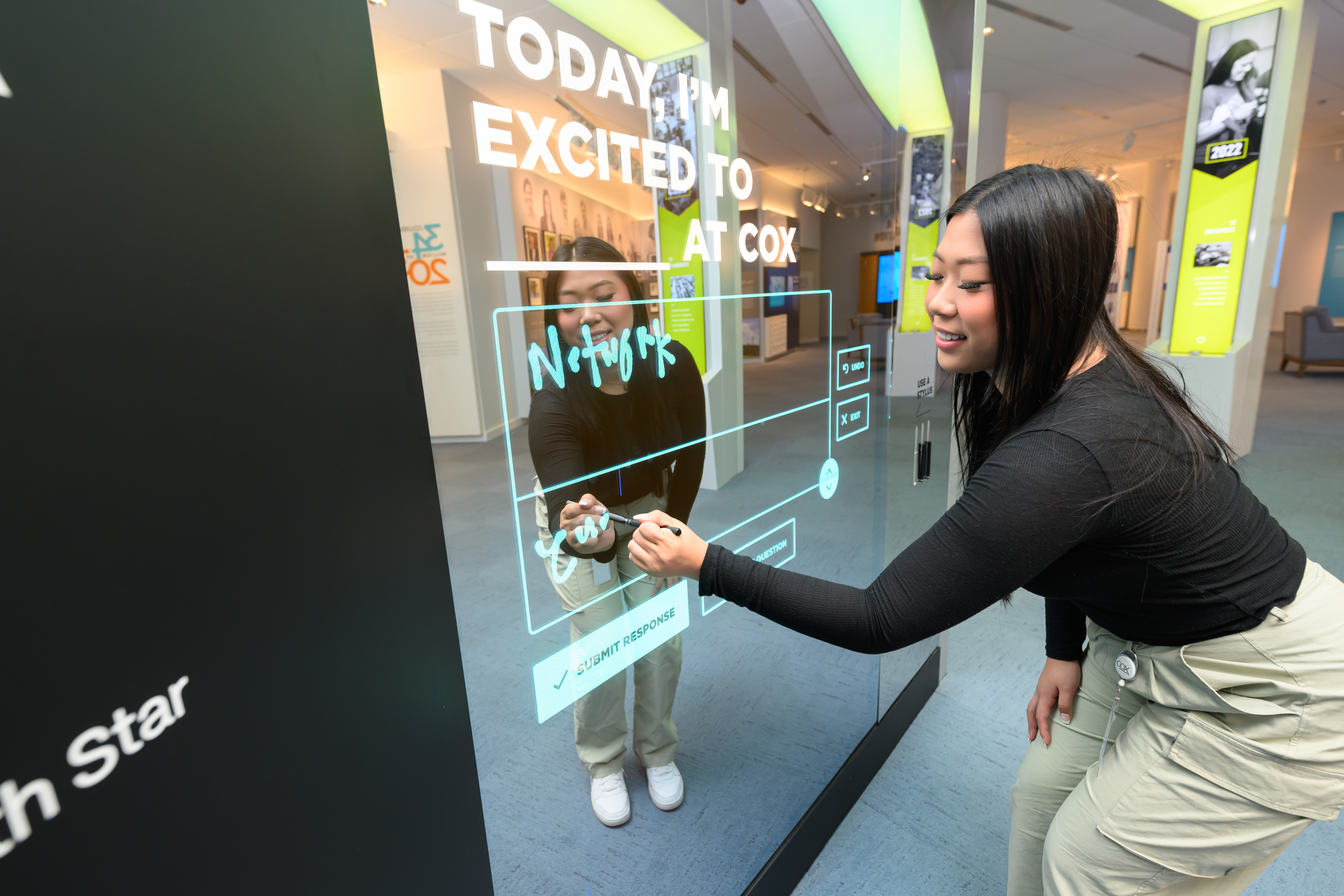
How do you design an 'experience'?
Clients have a specific story to tell, but we start at an even more fundamental level, which is 'how do we want the visitor to feel?' For example we designed an experience, COX Purpose, whose goal was to foster engagement with its employees. The result had to connect with them on a human level. So the methods we used: multiple mirrored surfaces, styluses so visitors could hand write their responses, and technology to extend their messages into social media, were all carefully crafted to drive home that human connection.
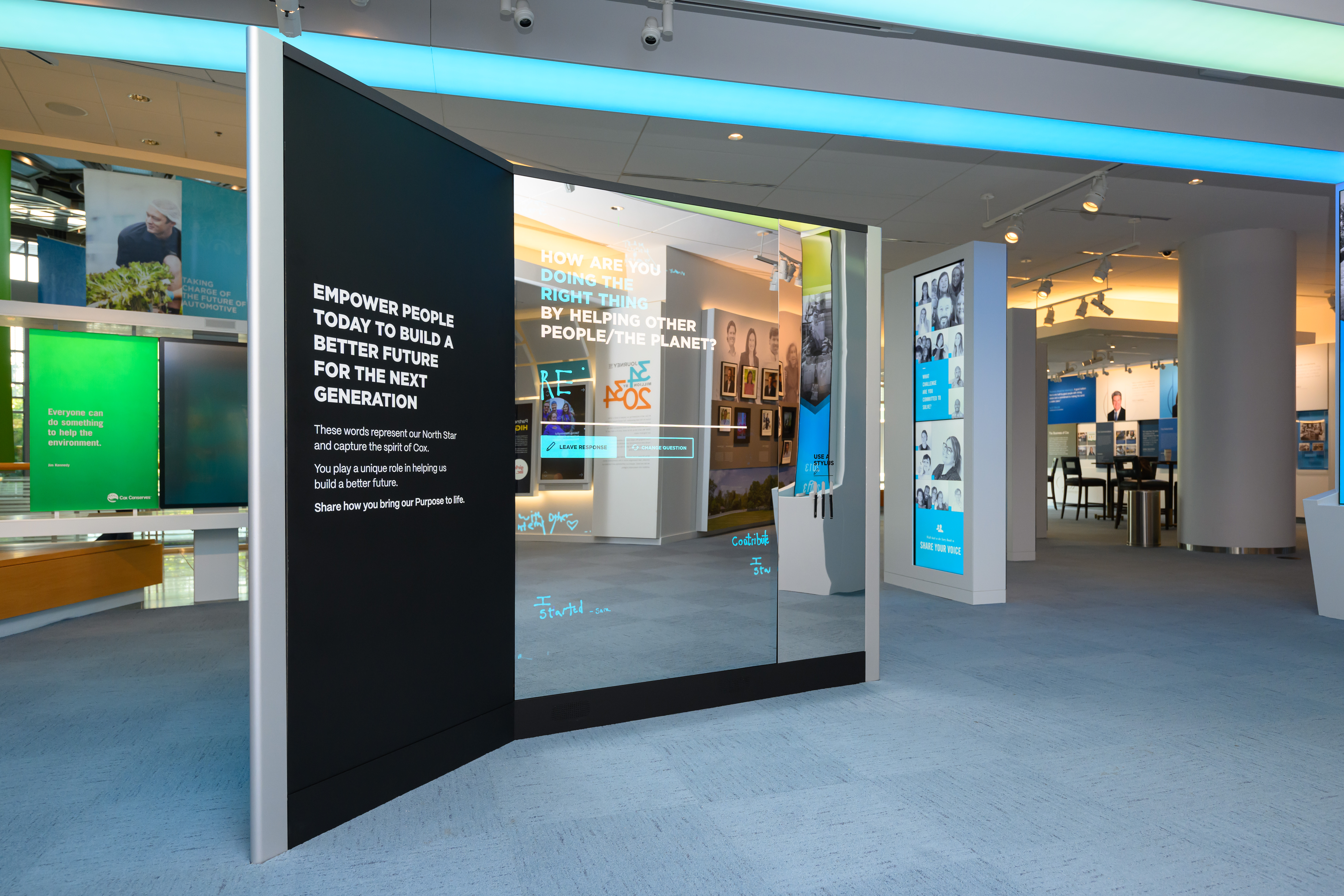
How inclusive is the design industry in 2024?
From our perspective, we’ve seen some progress, but it’s challenging. I think about how film and television made inroads over the past couple of years, where you have writers, directors, crew and actors – entire ecosystems – coming from particular backgrounds and cultures, telling stories in ways that you just can’t do from the outside. And they’re all brilliant, they’re punching above their weight. You need that critical mass to be truly inclusive, we’re not there yet.

Who’s your dream client?
One whose enthusiasm for their subject shines brighter than anything else. You have to let your guard down and have the eyes of a child for a moment. Those clients that treat you as co-partners, that share struggles as well as triumphs, make for the best outcomes.
What career advice would you give your younger self?
To not worry so much. Lean into what you’re good at and what interests you. Be patient with yourself.
Find out more about G&A.







